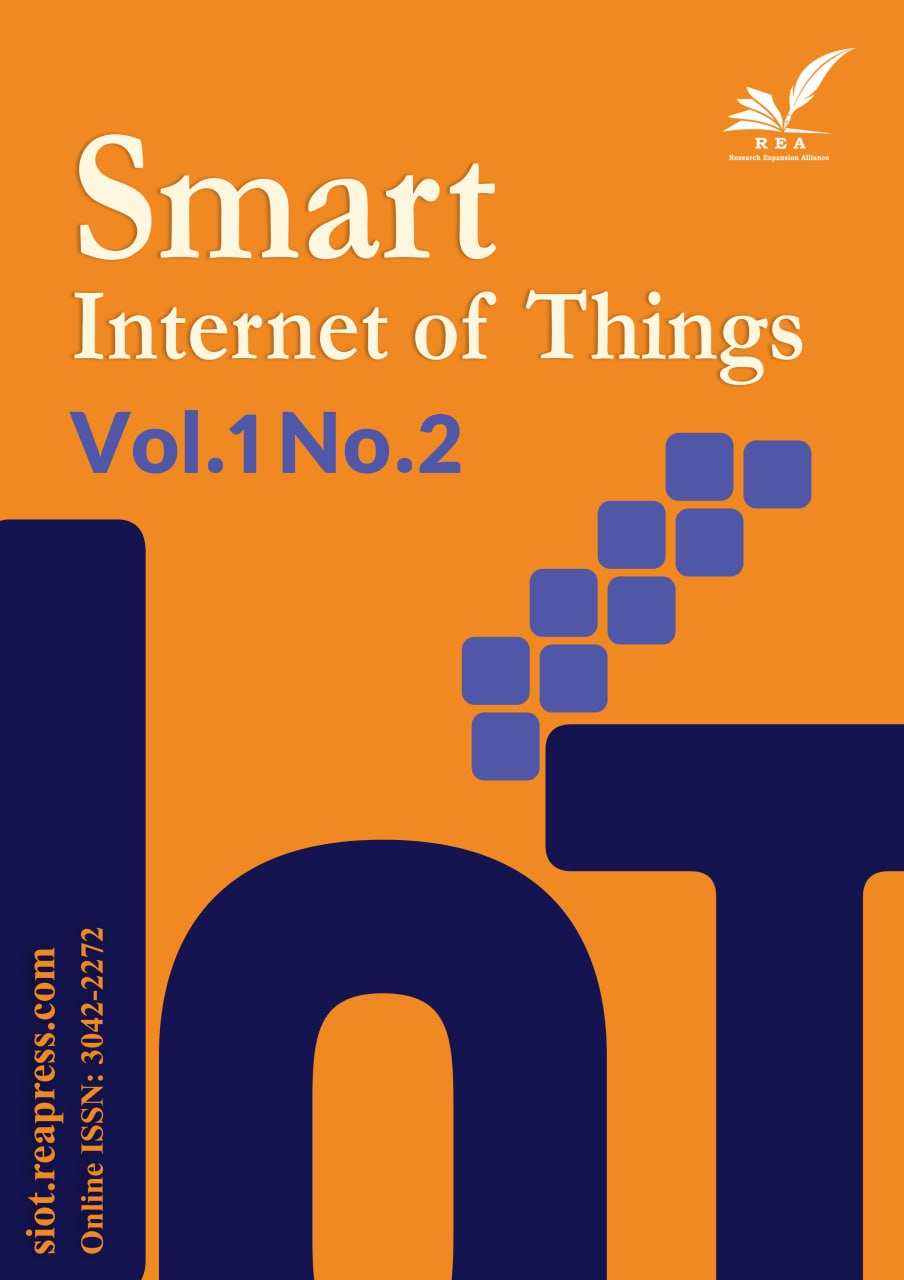Load Balancing Strategies For Scalable And Resilient Cloud Systems
Abstract
Task scheduling in cloud environments pose NP-hard optimization challenges due to diverse user requests and infrastructure configurations. Load imbalance, whether underloaded or overloaded, leads to system failures impacting electricity consumption, execution time, and machine reliability. Effective load balancing is crucial to mitigate these issues. This involves distributing tasks, dependent or independent, across Virtual Machines (VMs) to achieve load equilibrium. Various types of loads such as memory, CPU, and network contribute to the complexity. Researchers have proposed diverse load-balancing approaches aimed at optimizing different performance metrics. This paper presents a taxonomy of load-balancing algorithms in cloud computing, along with a discussion on thirteen performance parameters of 10 scheduling algorithms.
Keywords:
Cloud Computing, Scalability, Virtualisation, Energy Consumption, Load balancing, Elasticity, TaxonomyReferences
- [1] [1] AWS, Y. M. U., & Singh, H. (2021). Practical machine learning with AWS. Springer. https://aws.amazon.com/ec2/pricing/reserved-instances
- [2] [2] Vijay, R., & Sree, T. R. (2023). Resource scheduling and load balancing algorithms in cloud computing. Procedia computer science, 230, 326–336. DOI: 10.1016/j.procs.2023.12.088
- [3] [3] Mikram, H., El Kafhali, S., & Saadi, Y. (2024). HEPGA: a new effective hybrid algorithm for scientific workflow scheduling in cloud computing environment. Simulation modelling practice and theory, 130, 102864. DOI: 10.1016/J.SIMPAT.2023.102864
- [4] [4] Haris, M., & Zubair, S. (2022). Mantaray modified multi-objective Harris hawk optimization algorithm expedites optimal load balancing in cloud computing. Journal of king saud university-computer and information sciences, 34(10), 9696–9709. DOI: 10.1016/J.JKSUCI.2021.12.003
- [5] [5] Kaviarasan, R., Balamurugan, G., Kalaiyarasan, R., & others. (2023). Effective load balancing approach in cloud computing using Inspired Lion Optimization Algorithm. E-prime-advances in electrical engineering, electronics and energy, 6, 100326. DOI: 10.1016/J.PRIME.2023.100326
- [6] [6] Jamal, M. K., & Muqeem, M. (2023). An MCDM optimization based dynamic workflow scheduling used to handle priority tasks for fault tolerance in IIOT. Measurement: sensors, 27, 100742. DOI: 10.1016/J.MEASEN.2023.100742
- [7] [7] Mangalampalli, S., Karri, G. R., Kumar, M., Khalaf, O. I., Romero, C. A. T., & Sahib, G. A. (2024). DRLBTSA: Deep reinforcement learning based task-scheduling algorithm in cloud computing. Multimedia tools and applications, 83(3), 8359–8387. DOI: 10.1007/S11042-023-16008-2
- [8] [8] Pabitha, P., Nivitha, K., Gunavathi, C., & Panjavarnam, B. (2024). A chameleon and remora search optimization algorithm for handling task scheduling uncertainty problem in cloud computing. Sustainable computing: informatics and systems, 41, 100944. DOI: 10.1016/J.SUSCOM.2023.100944
- [9] [9] Ghafir, S., Alam, M. A., Siddiqui, F., & Naaz, S. (2024). Load balancing in cloud computing via intelligent PSO-based feedback controller. Sustainable computing: informatics and systems, 41, 100948. DOI: 10.1016/J.SUSCOM.2023.100948
- [10] [10] Janakiraman, S., & Priya, M. D. (2023). Hybrid grey wolf and improved particle swarm optimization with adaptive intertial weight-based multi-dimensional learning strategy for load balancing in cloud environments. Sustainable computing: informatics and systems, 38, 100875. DOI: 10.1016/J.SUSCOM.2023.100875
- [11] [11] Khaleel, M. I. (2023). Efficient job scheduling paradigm based on hybrid sparrow search algorithm and differential evolution optimization for heterogeneous cloud computing platforms. Internet of things, 22, 100697. DOI: 10.1016/J.IOT.2023.100697


